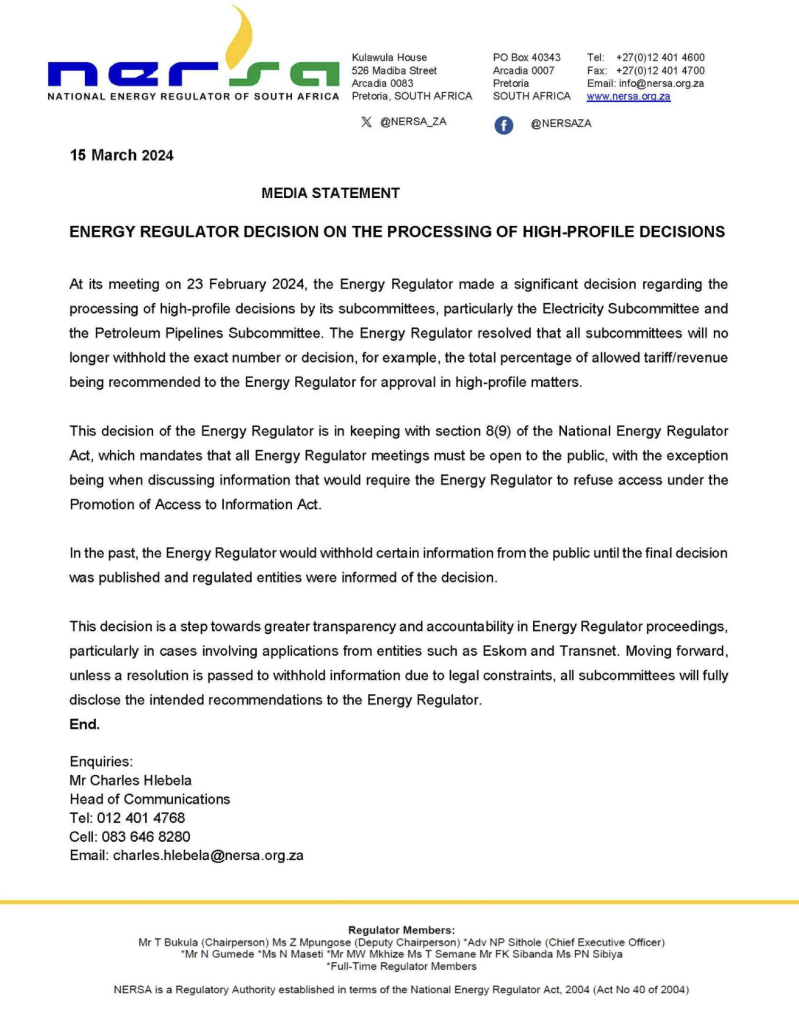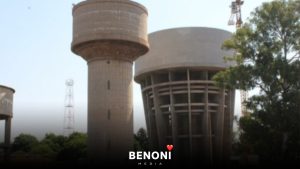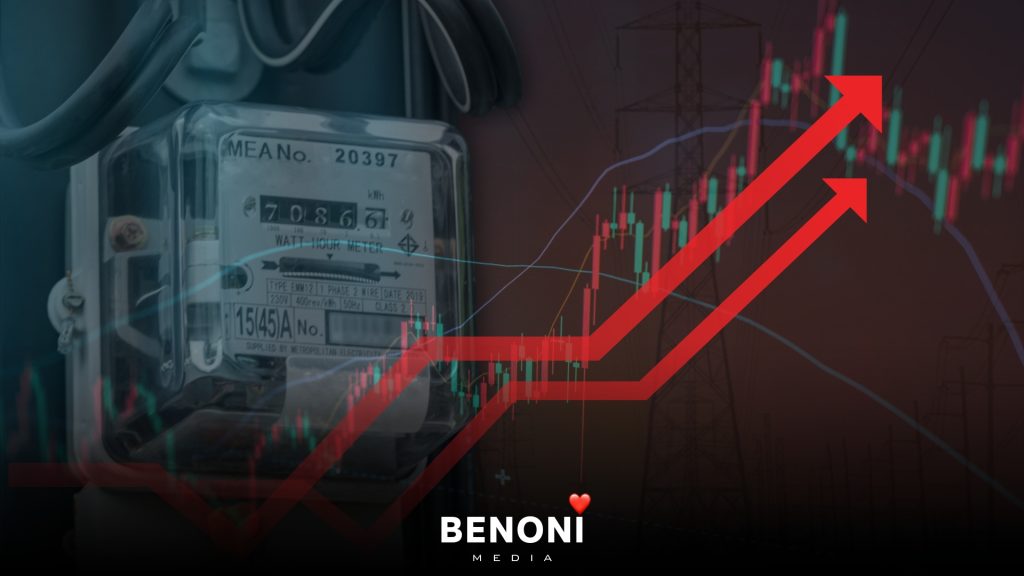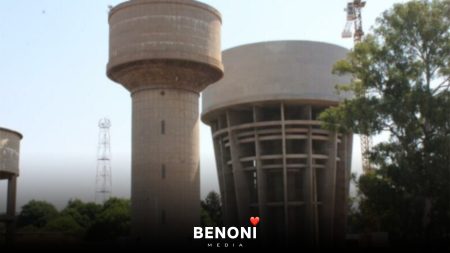South Africans are bracing for a potential 66% electricity price increase as the National Energy Regulator of South Africa (Nersa) reviews Eskom’s latest tariff application.
Transparency Questioned as Nersa Keeps Details Private
Nersa’s Electricity Subcommittee has opted to keep its recommendations on Eskom’s proposed electricity price increase confidential. This decision comes despite a 2024 pledge by Nersa to disclose all tariff-related proposals and decisions to the public.
During a meeting on 21 January 2025, the subcommittee justified its choice, stating that releasing preliminary numbers could mislead the public or cause undue focus on figures subject to change. It argued that these recommendations are not final and may be adjusted, especially in areas like environmental and carbon levies.
While no specific legal reasons were cited for withholding the information, the subcommittee assured that the final decisions would be made public by the Energy Regulator.

Eskom’s Request: A 66% Increase Over Three Years
In September 2024, Eskom submitted its Multi-Year Price Determination (MYPD6) application, outlining steep tariff increases over the next three years:
- 36.15% from April 1, 2025
- 11.91% from April 1, 2026
- 9.1% from April 1, 2027
These electricity price increases aim to generate R446 billion in 2026, R495 billion in 2027, and R537 billion in 2028 to stabilize Eskom’s finances.
Nersa’s subcommittee indicated that adjustments had been recommended to reduce Eskom’s costs in areas like capital expenditure, coal, fuel, and employee salaries. However, the extent of these reductions was not disclosed.
Public Backlash Against Tariff Hikes
Eskom’s proposal has been met with widespread criticism, with businesses, households, and political leaders expressing concerns about its impact on the already strained economy. Critics argue that the hikes are unsustainable and exacerbate the cost-of-living crisis.
Energy Minister Kgosientsho Ramokgopa has voiced opposition to the increases, promising government measures to mitigate their effects.
Government’s Focus: Supporting Low-Income Households
To cushion the blow for vulnerable communities, the government is considering expanding its Free Basic Electricity (FBE) program. This could see monthly free electricity allowances increased from 50 kWh to between 150 and 200 kWh.
Additionally, the government is leveraging a R250 billion bailout to reduce Eskom’s debt burden, which could improve its credit rating and lower financing costs. In turn, this is expected to make future tariffs more affordable for consumers.
Municipal Debt: The Root of the Problem
A significant challenge for Eskom remains unpaid municipal debts, which are projected to reach R110 billion by 2025. Eskom has warned that unresolved municipal arrears will undermine government bailout efforts and force the utility to seek additional financial support.
Minister Ramokgopa has highlighted the risks of shifting this financial burden onto paying customers, warning that such actions could lead to social unrest.
Final Decision Imminent
Nersa is expected to make its final decision on the proposed tariff hikes by the end of January 2025. As the debate over Eskom’s financial challenges continues, the outcome will significantly impact households, businesses, and the broader economy.








